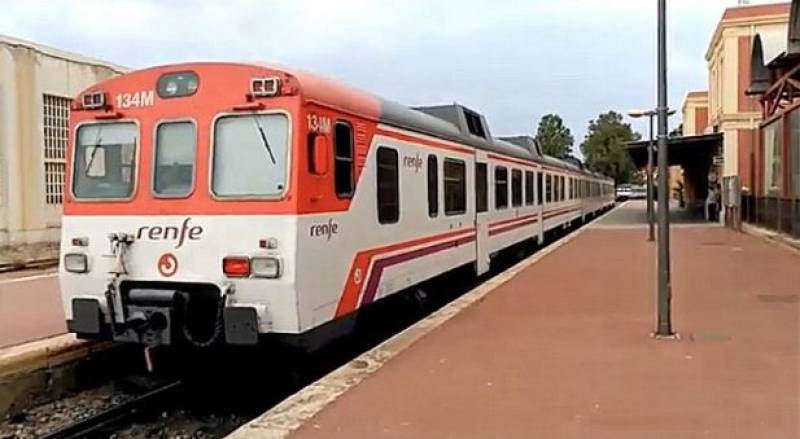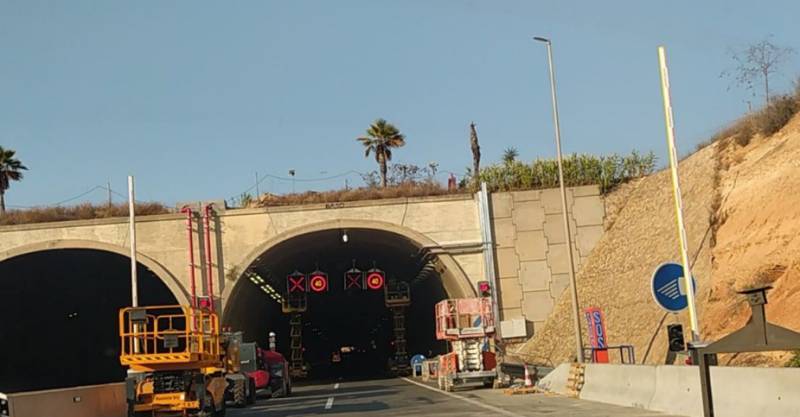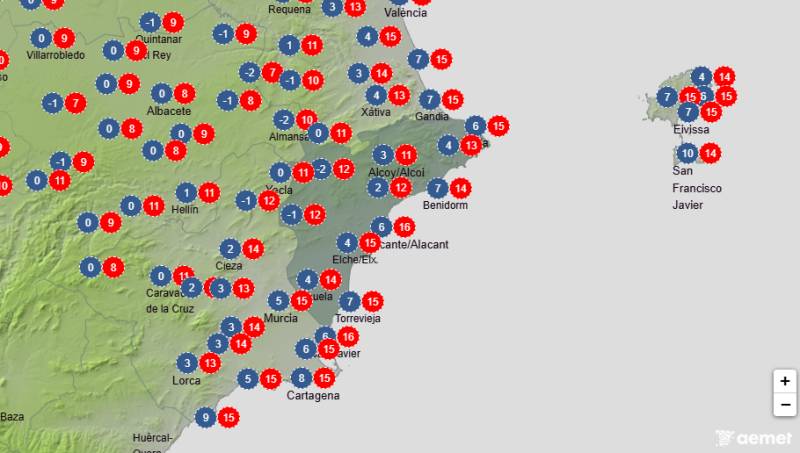- Region
- Vega baja
- Marina Alta
- Marina Baixa
- Alicante
- Baix Vinalopo
- Alto & Mitja Vinalopo
-
ALL TOWNS
- ALICANTE TOWNS
- Albatera
- Alfaz Del Pi
- Alicante City
- Alcoy
- Almoradi
- Benitatxell
- Bigastro
- Benferri
- Benidorm
- Calosa de Segura
- Calpe
- Catral
- Costa Blanca
- Cox
- Daya Vieja
- Denia
- Elche
- Elda
- Granja de Rocamora
- Guardamar del Segura
- Jacarilla
- Los Montesinos
- Orihuela
- Pedreguer
- Pilar de Horadada
- Playa Flamenca
- Quesada
- Rafal
- Redovan
- Rojales
- San Isidro
- Torrevieja
- Comunidad Valenciana
article_detail
Date Published: 06/05/2024
Alicante-Murcia train line has the worst conditions in Spain, according to experts
The conventional train line is in terrible technical condition, despite being one of the busiest in all of Spain

Regular travellers between Alicante and Murcia on the area’s conventional line probably won’t be all that surprised to hear that the latest Network Declaration of the Railway Infrastructure Administrator (Adif) has judged it to be operating under the worst conditions of all the similar rail lines in the country.
This is despite the fact that this stretch averages an occupancy of 63%, a level that no other single, non-electrified track in Spain can manage.
The route travels south from Alicante city, crossing the Baix Vinalopó and the Vega Baja until it enters the neighbouring region of Murcia.
According to Adif's public document, the conventional Alicante-Murcia line, on which mainly local trains run, along with some medium-distance trains and two daily Intercity trains in each direction, has a capacity for 70 daily circulations and its current average traffic is at 44.
Adif’s complaints aren’t exactly about the condition of the tracks themselves, but more about the limitations caused by the route having only one track and the pressure such a high demand puts on the facilities. The fact that the tracks aren’t electrified also creates problems, since this kind of set-up greatly increases the consumption of fossil fuels that clearly go against the country’s sustainability models.
Notably, the trains which provide the daily commuter services are 42 years old.
In the years leading up to the Covid-19 pandemic, the commuter line between Alicante and Murcia lost around a million travellers. Although it’s impossible to point out a specific cause for this, it is obvious to think that the limitations due to infrastructure and the poor image caused by the out-of date facilities played a part.
Even though a high-speed service has now been put in place, conditions haven’t improved all that much, and the experts believe the ongoing unpopularity with the line stems from a lack of rail connections to the southern coast of Alicante and, of course, the airport.
It’s therefore more than a little surprising that no plans are in pipeline to modernise or upgrade the Alicante-Murcia conventional train line, given that the route will be 60 years old in 2027.
Image: Renfe
staff.inc.ali
Loading
Sign up for the Spanish News Today Editors Roundup Weekly Bulletin and get an email with all the week’s news straight to your inbox
Special offer: Subscribe now for 25% off (36.95 euros for 48 Bulletins)
OR
you can sign up to our FREE weekly roundup!
Read some of our recent bulletins:
Discount Special Offer subscription:
36.95€ for 48 Editor’s Weekly News Roundup bulletins!
Please CLICK THE BUTTON to subscribe.
(List price 3 months 12 Bulletins)
Read more stories from around Spain:
Contact Murcia Today: Editorial 000 000 000 /
Office 000 000 000





































